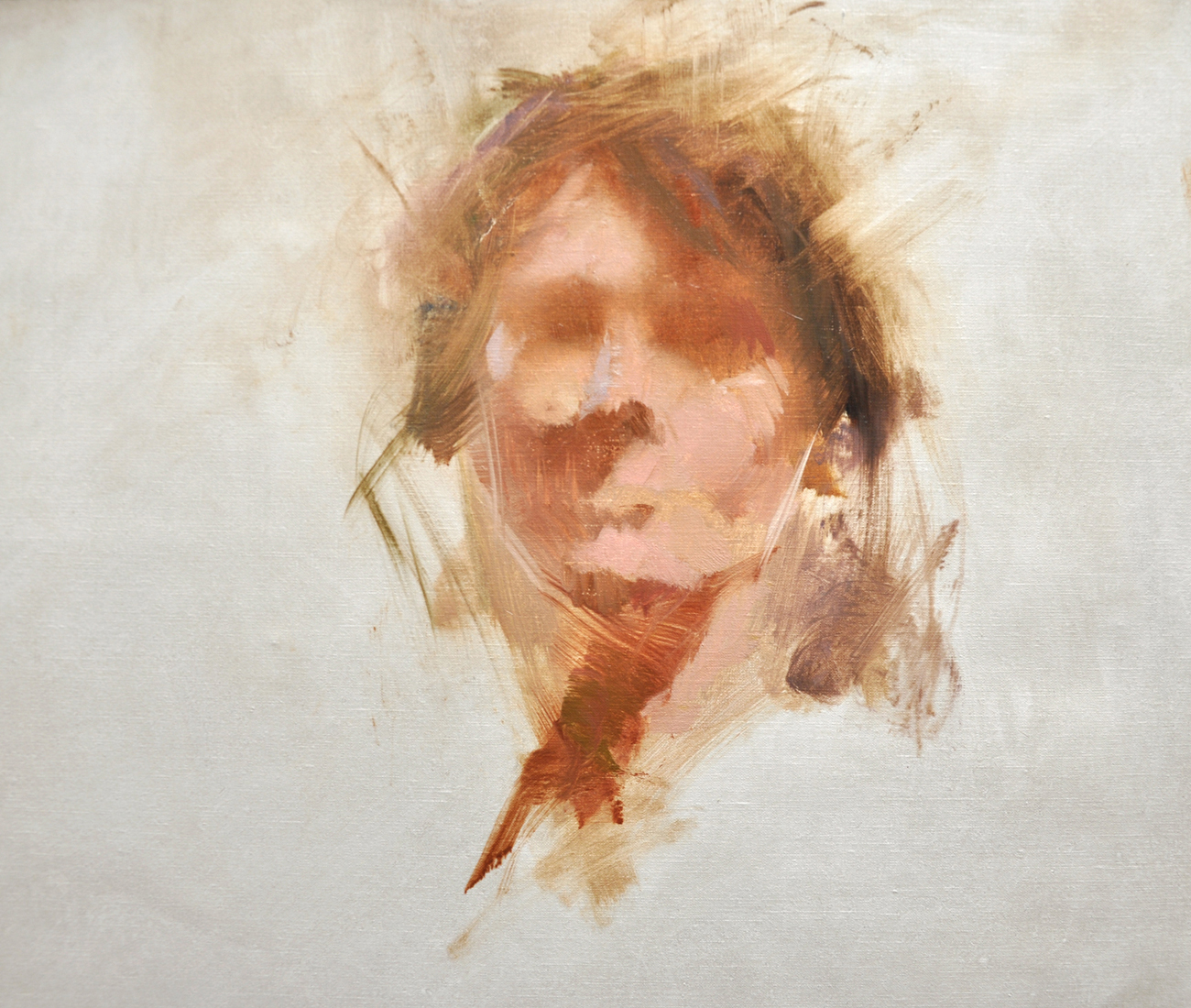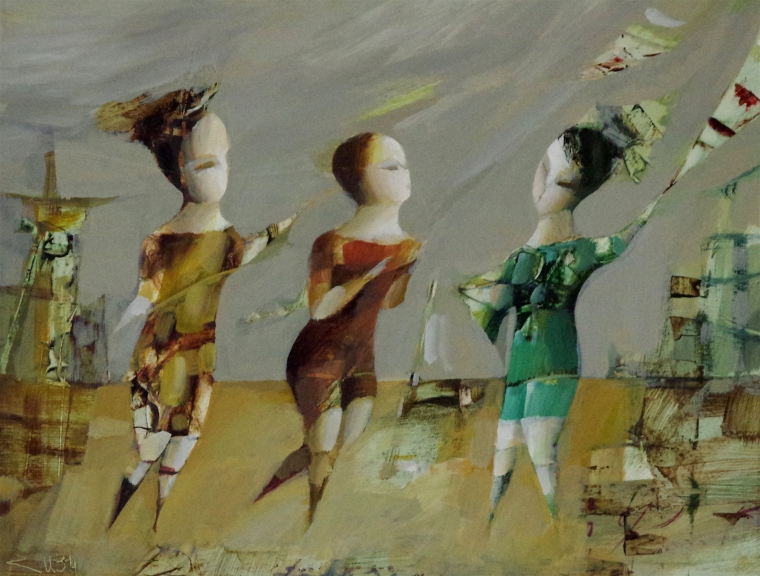Discovering the Depths of Emotion with Figurative Oil Painting Techniques
Understanding the Art of Metaphorical Oil Painting: Vital Tips and Techniques for Aspiring Artists
Metaphorical oil paint represents a complicated intersection of technique and interpretation, demanding a complete understanding of human composition, composition, and shade theory. Hopeful musicians need to not only grasp the nuances of form and activity yet additionally think about just how compositional approaches can enhance emotional vibration. Moreover, an exploration of color consistency and structure techniques can significantly boost the visual effect of their work. As artists progress in their trip, the question emerges: exactly how can one cultivate a distinct design while understanding these fundamental aspects? The subsequent expedition of these crucial elements assures to light up the path ahead.

Comprehending Human Makeup
Recognizing human composition is essential for any kind of musician aiming to master metaphorical oil painting. A comprehensive grasp of the human type allows musicians to develop lifelike representations that resonate with audiences. Understanding of physiological frameworks, such as muscle mass, bones, and joints, offers essential insight into exactly how the body relocations and positions.
Musicians need to acquaint themselves with the percentages of the human number, including the connection between various body components and just how these percentages vary across genders and ages. This recognition permits precise scaling and perspective in their job. In addition, recognizing the underlying musculature enhances the capacity to illustrate motion and tension in a number, causing an extra engaging and vibrant structure.
Researching makeup likewise aids in recognizing refined nuances in stance and expression, which are vital for conveying feeling and story within a painting. Resources such as physiological textbooks, life drawing sessions, and online tutorials can be very useful tools for musicians seeking to strengthen their anatomical expertise. Eventually, understanding human composition not only improves technical ability but additionally enhances an artist's imaginative vision, allowing them to bring their figurative oil paints to life with authenticity and deepness.
Value of Composition

Key principles of structure include balance, unity, and focal points. Accomplishing equilibrium ensures that no single element overwhelms the others, while unity produces a sense of harmony throughout the piece. Centerpieces accentuate considerable elements of the artwork, enabling visitors to engage with the story or style extra deeply.
Additionally, the use of leading lines and the policy of thirds can dramatically boost make-up. Leading lines normally assist the audience's look through the painting, while the rule of thirds provides a structure for putting crucial aspects in a visually appealing manner. By mastering make-up, striving musicians can raise their figurative oil paints, changing them into compelling aesthetic article source tales that resonate with their audience.
Learning Color Theory
Shade theory acts as a basic element of figurative oil paint that matches the principles of structure. Comprehending the color wheel, which consists of main, additional, and tertiary colors, is essential for developing unified palettes and reliable visual narratives.
Secret principles such as value, tone, and saturation play a crucial duty in identifying the state of mind and effect of a painting. Musicians ought to discover awesome and cozy colors to evoke details emotions; cozy shades typically communicate power and passion, while great shades can convey calmness and harmony.
The relationship in between corresponding shades-- those opposite each various other on the shade wheel-- can create striking contrasts and vibrant make-ups. When juxtaposed, these shades boost each various other's vibrancy, drawing the audience's eye and adding deepness to the art work.
In addition, recognizing similar colors permits artists to attain a feeling of unity and coherence. By choosing shades that are adjacent on the wheel, one can maintain a well balanced atmosphere throughout the item.
Inevitably, mastering color concept furnishes aspiring artists with the tools needed to adjust shade intentionally, boosting their capability to share feeling and narrative through figurative oil painting. figurative oil painting.
Methods for Texture
A selection of strategies can efficiently produce appearance in figurative oil paint, including deepness and measurement to the artwork. One essential technique is the usage of impasto, where thick layers of paint are put on the canvas, allowing for a three-dimensional quality. This technique enhances light interaction, creating dynamic visual rate of interest.
One more technique is scumbling, which includes applying a slim layer of lighter paint over a dried darker layer. This strategy allows the underlying color to reveal via, causing a soft, distinctive result click reference that can evoke a feeling of ambience or age. Dry cleaning is likewise crucial; utilizing a completely dry brush with very little paint, artists can create great lines and fragile appearances, best for catching the subtleties of skin or fabric.
In addition, palette knives can be used to apply or scratch paint, creating unique patterns and appearances. Explore various devices and products, such as sponges or rags, can further enrich the textural top quality of a painting. Ultimately, understanding these methods requires practice and experimentation, permitting musicians to discover the varied tactile top qualities that can elevate their metaphorical works.
Developing Your Special Style
A musician's distinct style is commonly the end result of personal experiences, influences, and strategies refined in time. Establishing this uniqueness in figurative oil paint calls for a mindful effort to check out both your psyche and the wider creative landscape. Begin by reviewing the styles and subjects that reverberate with you emotionally; your passion will certainly infuse credibility right into your job.
Research study numerous styles and motions, but as opposed to imitating, essence components that talk with you - figurative oil painting. Try out various strategies, color palettes, and structures, enabling on your own the liberty to play without the stress of excellence. Maintain a sketchbook or journal to record your ideas, concepts, and imaginative progress; this will certainly act as a beneficial resource for determining reoccuring preferences and motifs
Seek constructive feedback from advisors or peers, as they can give understandings that light up aspects of your work you may neglect. Be individual with on your own; the journey of developing an one-of-a-kind design is continuous, advancing with each brushstroke and every canvas you run into.

Final Thought
Mastering figurative oil painting requires a detailed understanding of human makeup, make-up, and shade concept. Welcoming these fundamental concepts will dramatically benefit striving artists on their creative journey.
Figurative oil painting stands for a complicated crossway of method and interpretation, demanding a complete understanding of human makeup, composition, and shade concept. An expedition of color harmony and texture techniques can considerably improve the visual impact these details of their work. By understanding make-up, aiming artists can elevate their metaphorical oil paints, transforming them into engaging aesthetic tales that reverberate with their audience.
Experiment with different strategies, shade combinations, and make-ups, permitting on your own the flexibility to play without the pressure of excellence.Grasping figurative oil paint necessitates an extensive grasp of human composition, composition, and shade concept.